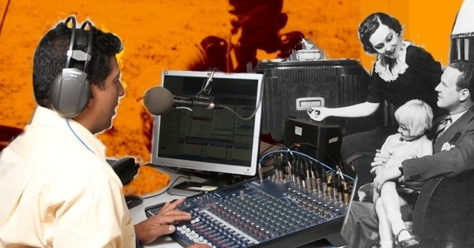The Turkish musical scene may be viewed in terms of three categories: alatürka, which refers to Turkish sociocultural practices; alafranga, which refers to Western ones; and arabesk, which denotes the culture of peripheral urban immigrants. The gazino, a type of nightclub, provides a common denominator for alatürka and arabesk music in an alafranga space.
While the gazino owner holds direct power over the content of the show, he may make changes on the basis of audience reaction. The performers also try to supply what the audience wants, and their aesthetics are further shaped among themselves when they perform backstage for each other. Vocal audience reactions also influence performers’ aesthetic decisions. The visual aesthetics of the gazino—the decor and the clothing of performers and audience members—provide the most significant alafranga elements.
This according to “Aesthetics and artistic criticism at the Turkish gazino” by Münir Nurettin Beken (Music & anthropology VII [2003]). Below, musicians and dancers perform at an urban gazino.












